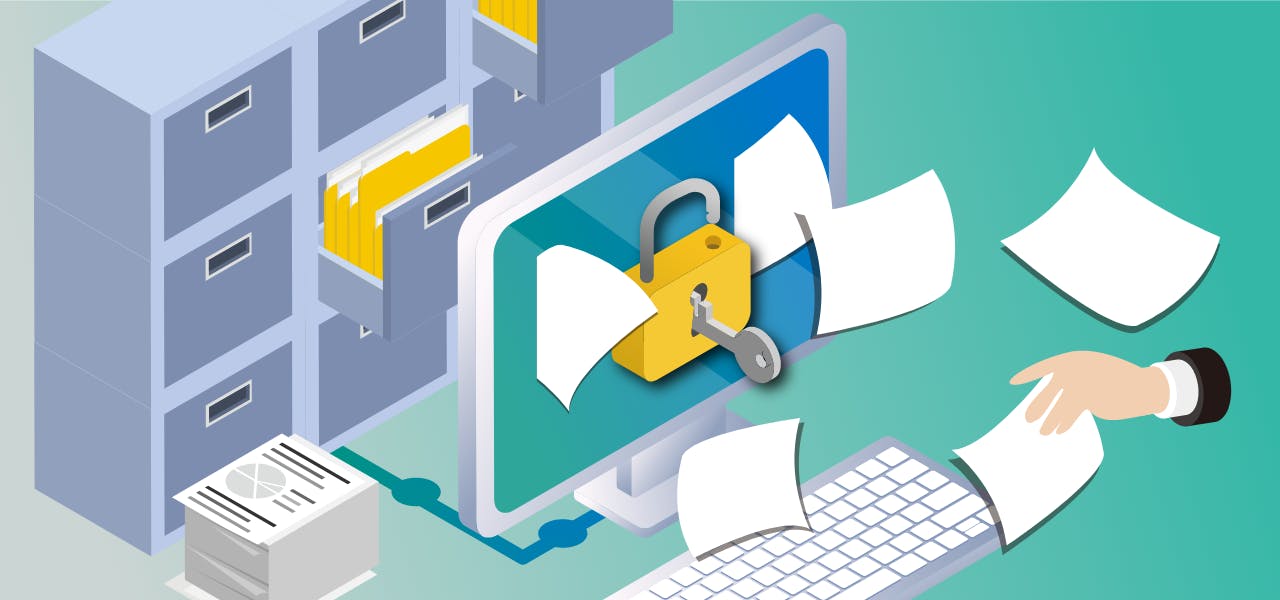Much has been learned about the world and how it works through the extreme innovations that digital technology has brought. Reforms everywhere are either already done or in process to help simplify how work is performed and how knowledge is obtained. One of the fields that has been significantly impacted is that of academia. From instructional pedagogy to the way research is published, there is not an aspect of the academic world that hasn’t been affected by the Digital Era.
Since users are now turning to search engines to find the answers to their questions, it makes sense that those with the knowledge to answer every query - researchers - provide those results in an electronic format. This obvious solution has meant that things like open access publications have risen in popularity over the past decade. But the rise in support of OA publishing and archiving means that there is an overloaded infrastructure behind it that needs to be better understood in order for it to work more efficiently.
What is Open Access?
Traditional publishing methods are tried and true and have been used for centuries as a way to get research outcomes disseminated amongst scholars who could benefit from the results. Publishers were able to pick and choose which articles were published based on factors such as scope, scholarly reputation, and credibility of the work itself. While this is, in theory, the best way to weed out the work that doesn’t quite meet the high standards of a legitimate journal publication, it also means that there are always thousands of research articles that don’t get published, and it relies on human judgment to determine which papers are worthy of public access and which ones are relegated to history without having seen the light of day.
But that entire process shifted with the trend turning to electronic publishing. Now, online digital documents are easily published by researchers through dozens of open access forums, where readers can benefit from the information obtained for free. Work that was once only available through paid subscriptions is now accessible in digital format through online versions.
Open access sources charge authors to publish their work, but having that same article available to be used, read, and cited by others helps boost the scholar’s impact, making it a win/win for everyone. But even though this sounds like a wonderful way for the pendulum to swing, the problem is that there are not enough resources to devote to the volume of research currently coming out for publication as well as all the past information that must be turned into digital representations and archived for permanency.
Ideas for Improving the Infrastructure
The current standards for open access work well for the basic levels of publishing and accessing information, but there are so many other aspects that must be included in order to support the projected level of growth of open access research and improve the overall infrastructure. To improve the system in place, certain topics must be addressed, such as:
● The reduction of published journals and articles and how this decreased number will impact the growth of open access publishing
● The switch of many journals from paper format to open access or a blended form, thus increasing the demand on the OA infrastructure
● The blend of OA publication and subscription services that is being offered by some publishing companies and how that will impact OA overall
● Article-processing charges and how they will impact researchers, publishers, and countries
● Open access journals that become inactive over time and what to do with those articles that were archived on those systems
● What to do with hybrid open access and printed articles, as well as how many articles are submitted for print publication only but then are released for open access later
● A prediction of the changing market for open access publishing over the next ten years and how this will impact the infrastructure
● Potential policies to be put in place to intervene should the change be too significant and impact research and publication on a detrimental level
Open access and self-archiving, as well as switching paper articles to electronic formats, are all significant points that must be analyzed as new infrastructure is attempted to be put into place to support further OA research and publication.
